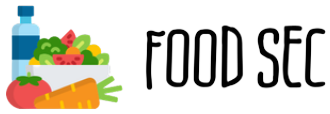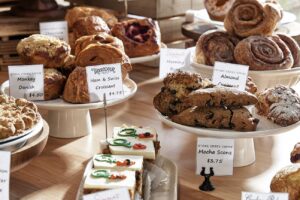Baking is a science, and you need the right tools to get the perfect results. Many measurement tools are used in baking, and each has its purpose. This article will discuss the most common measurement tools used in baking and what they are used for. We will also provide some tips on how to use them correctly. So, keep reading if you’re interested in learning more about baking.
The most common measurement tools
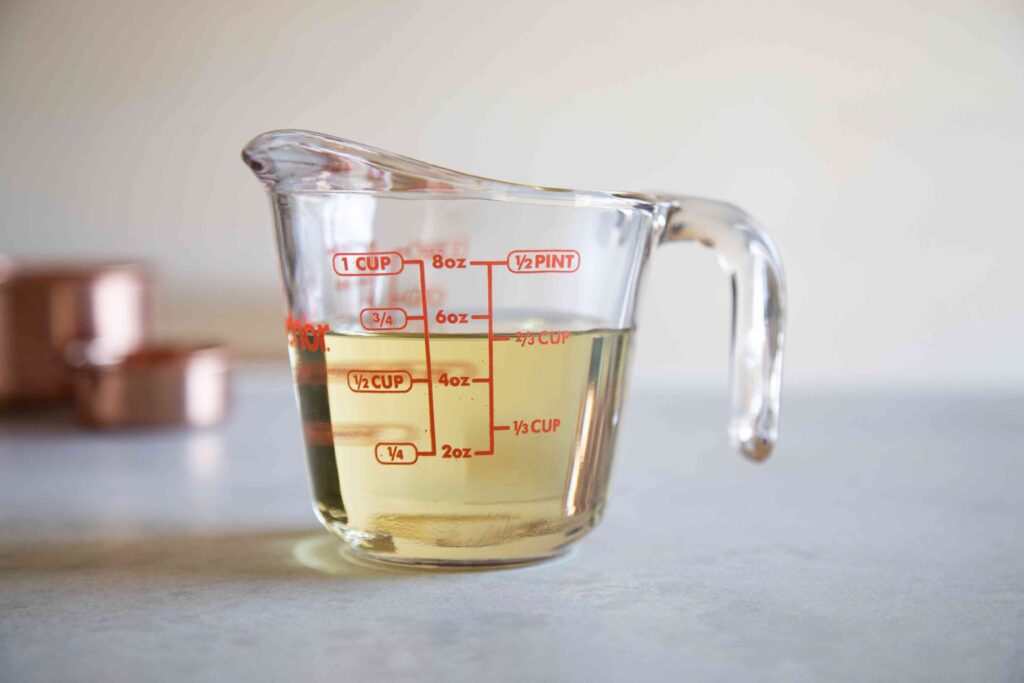
Source: simplyrecipes.com
The most common measurement tools used in baking are measuring cups and spoons. Measuring cups are used to measure the amount of liquid or dry ingredients you need, and they come in various sizes so you can choose the right size for your recipe. On the other hand, measuring spoons are used to measure smaller amounts of ingredients, and they also come in different sizes but are typically smaller than measuring cups.
Another standard measurement tool used in baking is a food scale. A food scale is used to weigh ingredients, so you can be sure you’re using the correct amount. It’s important to note that not all recipes require exact measurements. For example, when making a cake, you might not need to be as precise with your measurements as you would when making cookies. However, it’s always best to follow the recipe as closely as possible to get the best results.
Using the measurement tools correctly

Source: littlesunnykitchen.com
Now that you know the most common measurement tools let’s discuss how to use them correctly. First, you must ensure that your measuring cups and spoons are clean before you use them. If they’re not clean, your ingredients will not be measured correctly. You should also make sure that you’re using the right size cup or spoon for the recipe. For example, if a recipe calls for a tablespoon of an ingredient, you should use a tablespoon-sized measuring spoon; check out this tablespoon measurement conversion for more info.
It’s also important to level off your ingredients when measuring them. It would help if you did not heap the ingredient into the measuring cup or spoon. Instead, it would help if you used a knife or other level object to level off the ingredient, even with the top of the cup or spoon. It will ensure that you’re using the correct amount of the ingredient.
When using a food scale, it’s essential to ensure it’s calibrated correctly. It means that it should be set to zero before you start measuring ingredients. If it’s not calibrated correctly, your measurements will not be accurate.
Some tips for measuring ingredients
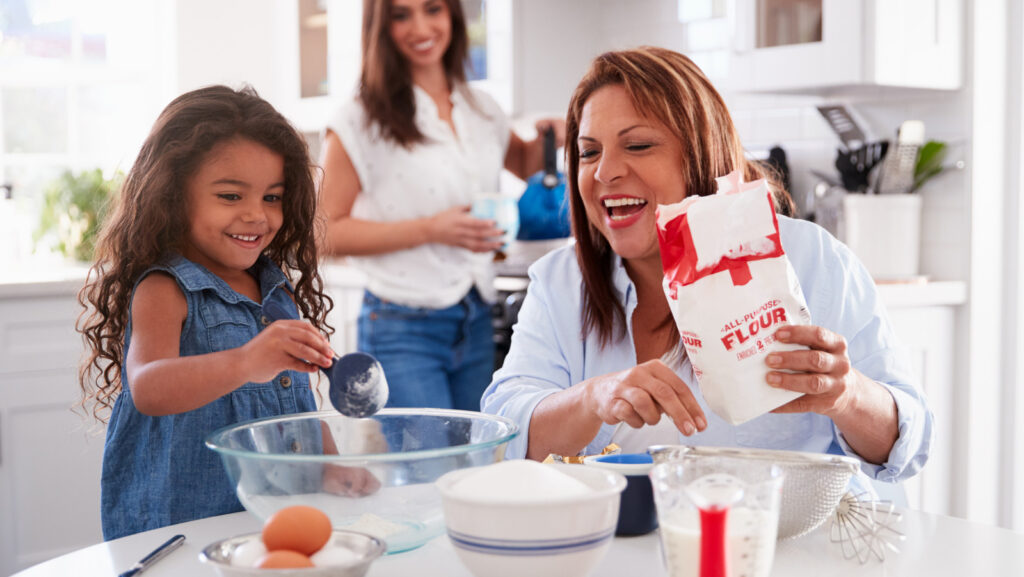
Source: mashed.com
Now that you know how to use the most common measurement tools correctly, let’s discuss some tips for measuring ingredients. First, when measuring liquids, it’s best to use a liquid measuring cup to help you get an accurate measurement.
It’s also important to measure ingredients correctly when making conversions. For example, if a recipe calls for one tablespoon of an ingredient and you’re using teaspoons, you should know that one tablespoon equals three teaspoons. Therefore, you would need to use nine teaspoons of the ingredient to get the correct measurement.
Finally, read the recipe carefully before starting to bake, which will help you understand the required ingredients and measurements. Baking is a science, so it’s essential to be precise with your measurements. However, don’t be afraid to experiment a little bit. Baking is also an art, so feel free to be creative.
Risks of incorrect measurements
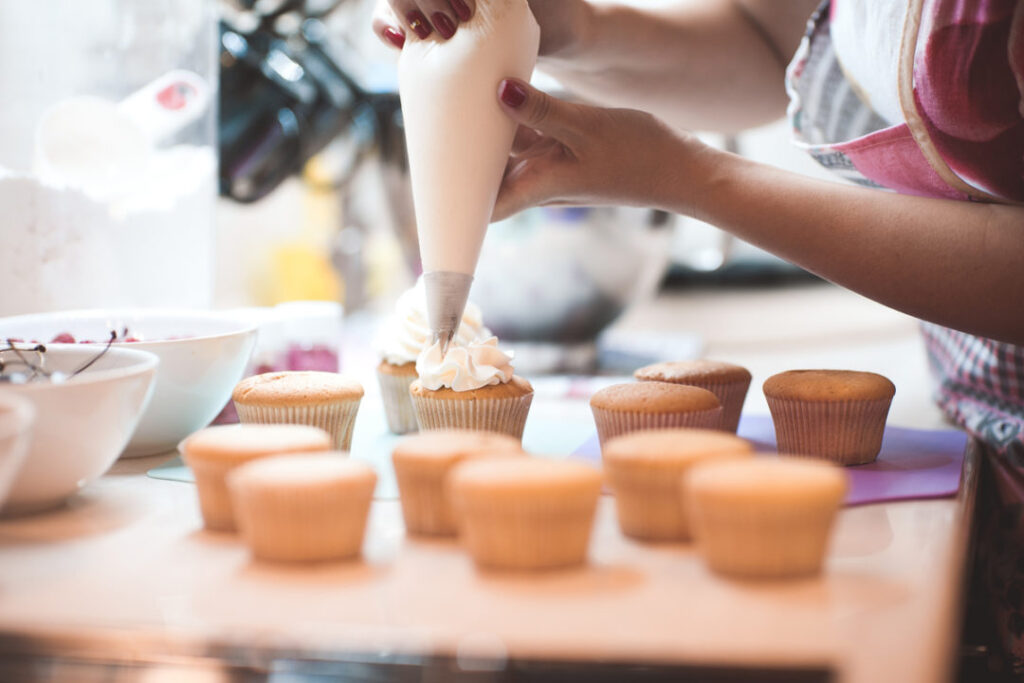
Source: bakemag.com
A few risks come with using the wrong measurements when baking. First of all, your baked goods may not turn out as intended. For example, if you use too much of an ingredient, your baked goods may be too sweet. Or, if you use too little of an ingredient, your baked goods may be challenging or dry.
Another risk of using incorrect measurements is that you could end up wasting ingredients. It is especially true if you measure by volume rather than weight. For example, 1 cup of flour doesn’t always weigh the same as 1 cup of sugar. So, if you’re not careful, you could use more or less of an ingredient than the recipe calls for.
Finally, incorrect measurements can also affect the cooking time of your baked goods. If you use too many ingredients, your baked goods may take longer to cook. Or, if you use too little of an ingredient, your baked goods may not cook all the way through.
All of these risks can be avoided by simply taking the time to measure your ingredients correctly. So, the next time you’re in the kitchen, double-check your measurements before you start baking.
Conclusion
In conclusion, the most common measurement tools used in baking are measuring cups and spoons, a food scale, and conversion charts. It’s essential to use these tools correctly to get accurate measurements. Always level off the ingredient when measuring ingredients to use the correct amount. And when using a food scale, ensure it’s calibrated correctly before measuring ingredients.
Finally, always make sure to read the recipe carefully before starting to bake, and this will help you understand the ingredients and measurements that are required.
